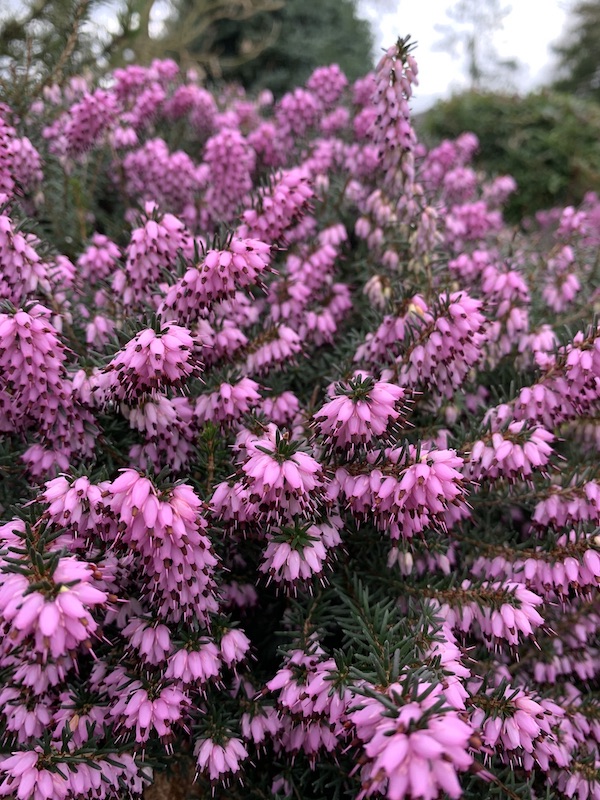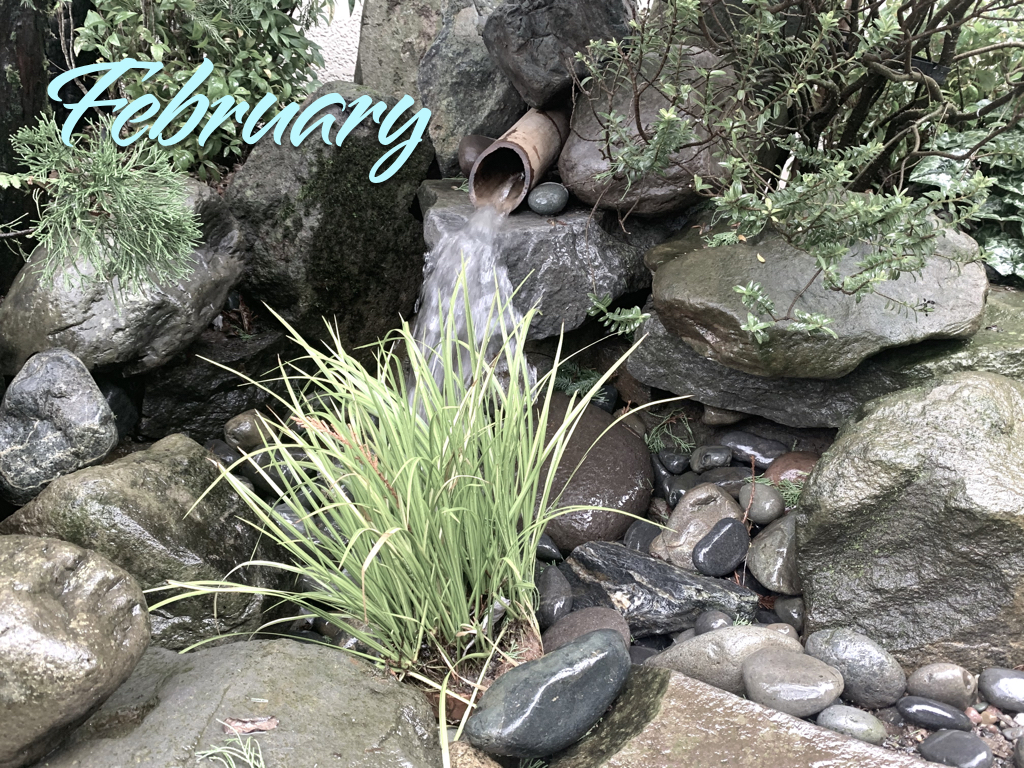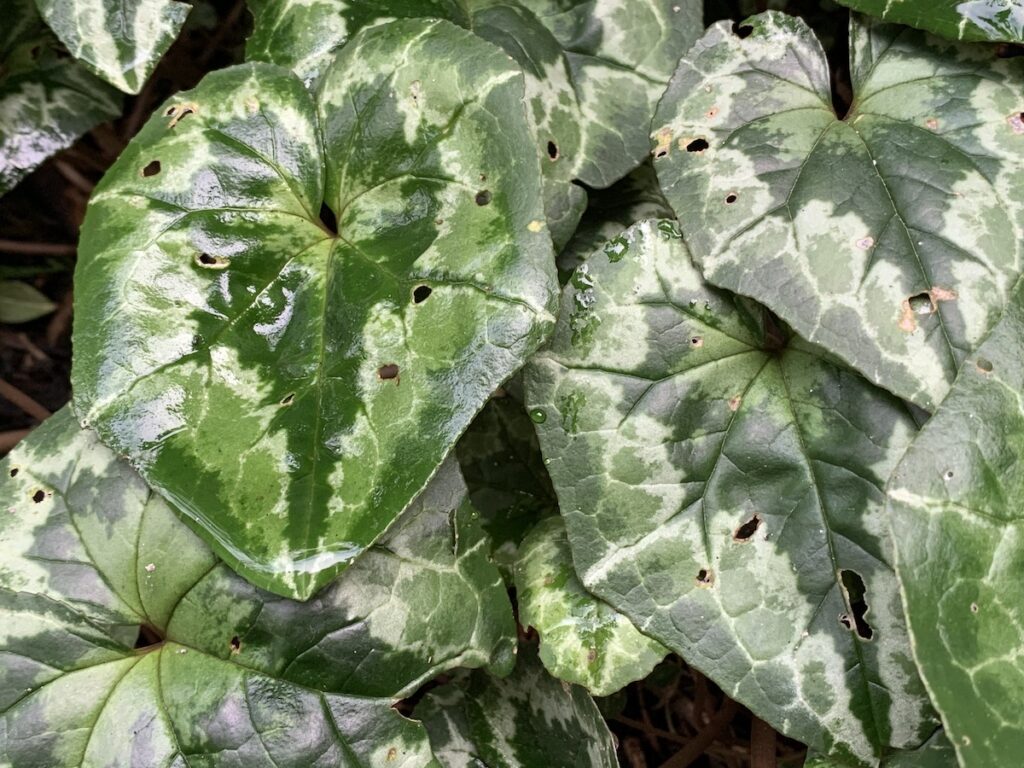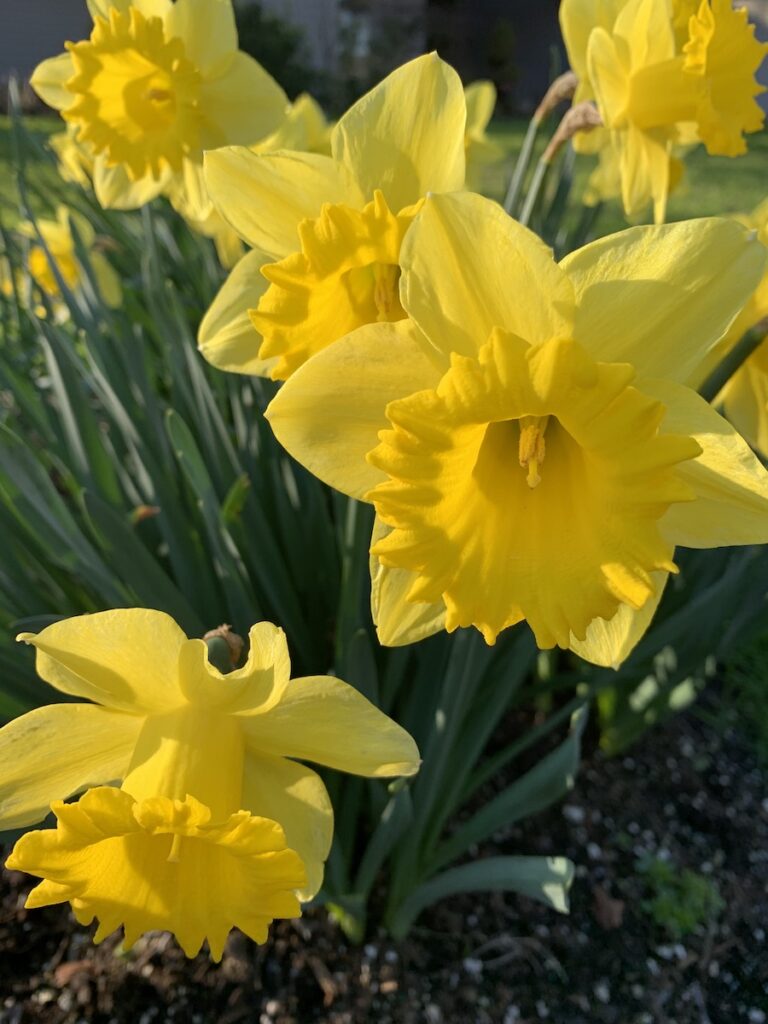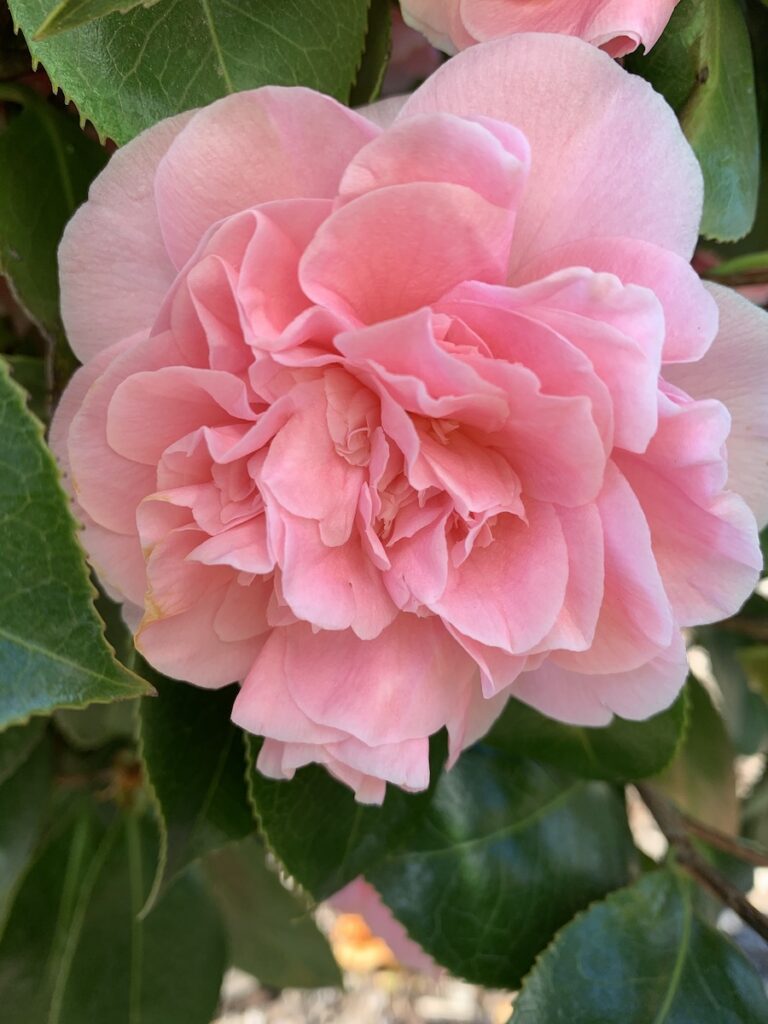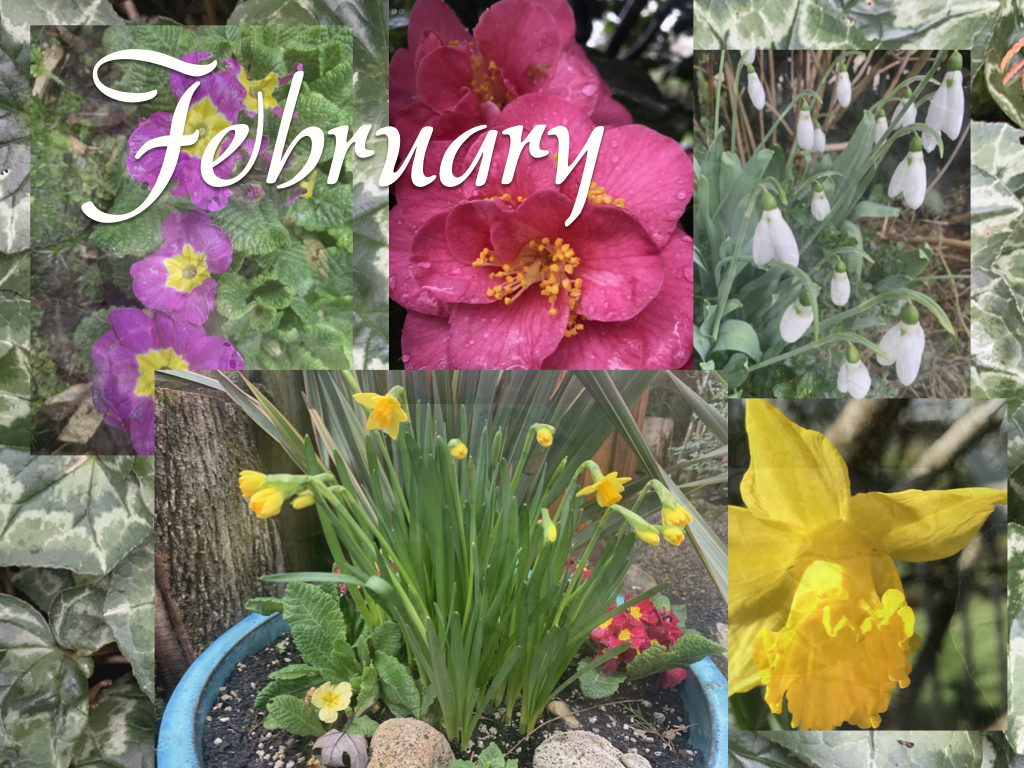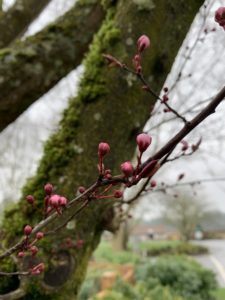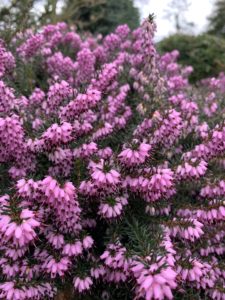This guide is tailored for the western valleys of Oregon and Washington.

YOU can help to make the world a better, a more friendly, loving and beautiful place by being a good steward of the spot on this earth, your garden, that you have been given the privilege of borrowing for a time. It is our hope that the following to-do list will help you to do just that.
Nathan, the Treevangelist, urges you to treat your spot on this planet like your own personal Garden of Eden. May it become your personal paradise. This is your divinely mandated responsibility. Your trees, shrubs, flowers and the wildlife in your yard will pay you back as they express their smiling appreciation to you and yours by radiating their love, joy and beauty bursting forth with vibrant and verdant life. Below is a to-do list to help fulfill this mission.
As the days begin to lengthen, the cold temps begin to inch upward, and the sun begins to peak out from behind the clouds a tiny bit more, guess what? Heat and light incubate life. Plant buds are beginning to swell, and a few hardy early-bird flowers are beginning to pop out of the cold ground. Rejoice as the earth begins to awaken with a new flourish of life, and take a moment to walk around your personal domain and notice as the inexorable and reassuringly predictable cycles of plant-life rebirths once again despite the crazy, erratic, capricious and often malevolent machinations of many humans everywhere. Never forget that while the outlook may be a bit crazy, but the uplook, heavenward, is always great.
While you’re looking around, scroll back through this same Good News Tree Service, Inc. blog and check out the archives for any tree care articles that you may have missed. Also check out our YouTube channel at https://www.youtube.com/channel/UCvcu2lL9NpgoXQtUFYyQShw and our Facebook page at https://www.facebook.com/GoodNewsTreeService/ or our website at https://goodnewstree.com. I am regularly adding new videos for your education and pleasure. Please enjoy!
Readers’ suggestions on how to improve this list are gladly solicited. If you, the reader, have any suggestions for additions to this month’s list, please put them in the comments section of this article, and I will add them to the list. Thank you in advance! — Nathan
Tree and Shrub Care
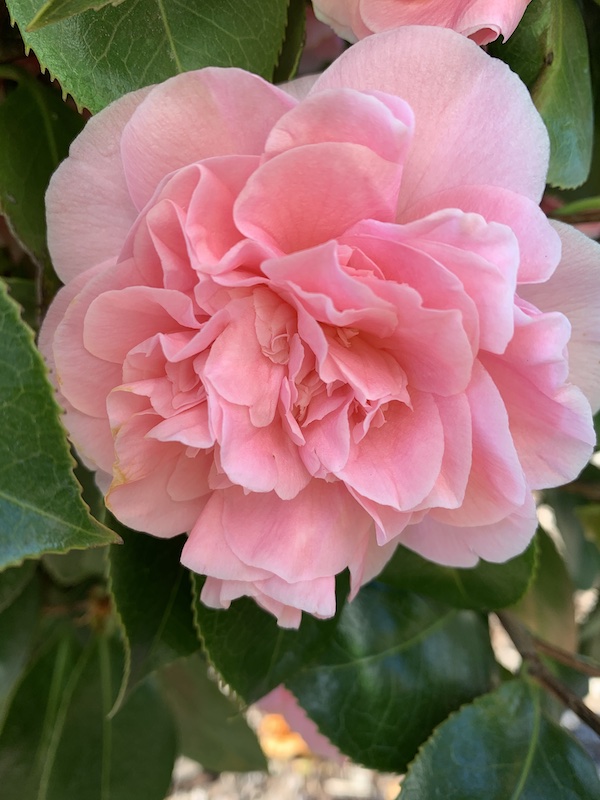
- Fruit tree pruning. Now is the time to prune your fruit trees for fruit production. You can also prune grapes, cane and trailing berries once the threat of major frost is past.
- Plant fruit trees. Not only is this a good time to plant bare-root fruits trees, which you can purchase now at many garden centers, but it’s an excellent to plant all kinds of trees and shrubs in the garden, while the weather is cool and the plants are still dormant. This is also a good time to reduce the height of overgrown fruit trees, since they are likely to produce fewer water sprouts now then when pruned in the spring.
- Yard clean up. Rake and dispose of ornamental tree leaves, or better yet, compost them and then spread the decomposed leaves back onto your shrub beds as a mulch next year.
- Mulch. Apply two to three inches of mulch around all trees and ornamental shrubs. This helps to fertilize the plants and feed the soil, and also protects them against weed growth and loss of water when the warmer weather returns.
- Pine tree pruning. Prune coast or shore pines (Pinus contorta) and Scotch/Scots pines (Pinus sylvestris). These two pines are especially susceptible to the sequoia pitch moth whose larvae burrow into the tree trunks during the growing season (April through September) causing the trees to exude large amounts of unsightly pitch globules. While this seldom kills the tree, the bleeding of sap is not good for the overall health and vigor of the tree. It is advisable, therefore, not to prune these pine trees during the growing season, since the pruning cuts attract the moth, which then lays eggs on the tree, which hatch into tree-burrowing larvae. Pruning should be done on your pines from November to March.
- Plant or transplant trees and shrubs. Winter is good time to plant or transplant ornamental trees and shrubs. Cooler weather means less transplant shock to the plants, and over the winter and spring, they will have time to begin to acclimate to their new environment before the stress of the next summer season occurs.
- Pruning of ornamental shrubs. Do major pruning (called heading back) of rhododendrons (or rhodies) and other similar ornamental shrubs back to latent buds in trunks and stalks. Do this before spring growth begins in a couple of months.
- Pruning of large trees. Winter is a great time to do aesthetic and structural pruning of deciduous trees and shrubs, since the structure or architecture of the plant is clearly visible making aesthetic pruning easier than when plants are foliated. Structural defects, which can cause tree failure, are more easily spotted as well. Also remove of dead wood, and pruning to reduce hazards. If you’re not sure what to do, or how to do it, call Good News Tree Service, Inc. for a consultation, pruning lessons or to have them do the pruning for you.
- Roses. The best time to prune roses is after the threat of major frost is past.
- Tree and shrub removal and stump grinding can be done all year long.
- Hazard tree assessment. Have an ISA Certified Arborist with an ISA Tree Risk Assessment Qualification (like Good News Tree Service, Inc.) inspect your large trees for the potential of failure due to weak root systems and defects in trunks and branches. This is best done when the leaves are off the trees.
- Trees and Storms. Storm proof your larger trees. Checking your trees for hazards and then take the appropriate measures to protect your trees from storm damage. After each major weather event, check your trees for damage such as broken or hanging limbs. If you have concerns or questions about your trees, have an ISA Certified Arborist with an ISA Tree Risk Assessment Qualification (like Good News Tree Service, Inc.) inspect your large trees for damage or the potential of failure due to weak root systems and defects in trunks and branches. If you’re not sure about the condition of your trees or even what to look for, call Good News Tree Service, Inc. for a free on-site consultation.
Plant Health Care

Good News Tree Service, Inc. provides many of the plant health care services listed below.
- Arborvitae Berckmann’s Blight (Platycladus orientalis). Spray in the fall (late Sept. and early Oct., and again in early Nov. Spray again in early spring (Feb to Mar) if disease is severe.
- Dormant Spraying of Fruit Trees. Apply dormant sprays against insects and fungi.
- Lawns. Fertilize yellowing lawns.
- Piercing-Sucking Insects. Apply systemic insecticides against piercing sucking insects (aphids, lacebugs, scales, weevils, etc.) via soil injections (one treatment gives season-long control). This is a service that Good News Tree Service, Inc. provides. Free price quotes are available upon request.
- Photinia leaf spot. Spray a four applications of fungicide early in February at two week intervals afterwards. Early spray is key to controlling this fungus.
- Powdery Mildew. Apply a fungicides as soon as symptoms appear (when the weather begins to warm up). Best efficacy is obtained if used before symptoms appear. Use fungicide at seven to fourteen day intervals, or more often if conditions warrant it. If a plant is known to have had powdery mildew previously, apply as buds start to open.
- Tent Caterpillar. Apply systemic pesticide for season-long control.
Elsewhere in the Garden
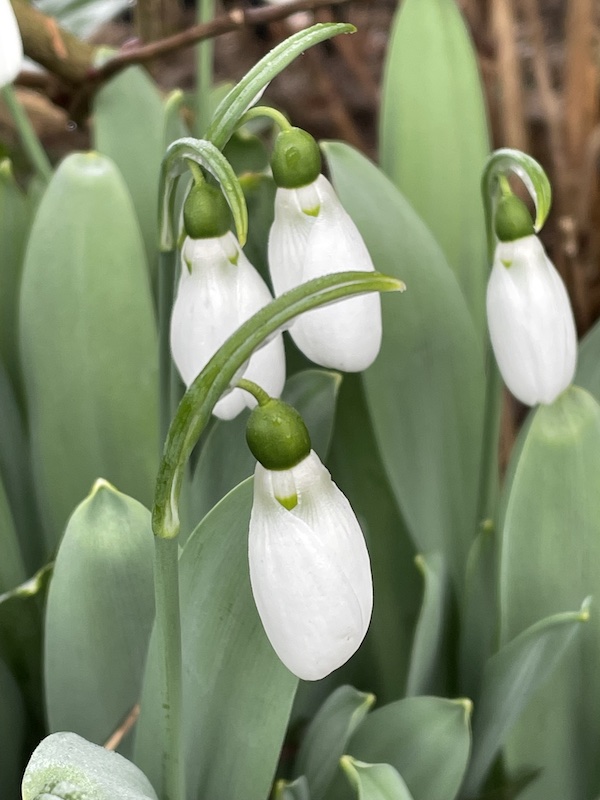
- Slug control. Put slug bait around winter flowers. Though the weather may be cold, slugs are still active.
- Clean up. Rake and dispose of ornamental tree leaves, or better yet, compost them and then spread the decomposed leaves back onto your shrub beds as a mulch next year.
- Mulch all of your shrub beds. Put a two to three inches of mulch (e.g. bark dust, garden compost or wood chips) around perennials and other plants that might be sensitive to subfreezing weather. Also, spread a fresh layer of mulch (e.g. bark dust, garden compost or wood chips) on all the bare dirt areas in your yard to prevent soil compaction from rains, to prevent weed growth and to enrich and help to condition your heavy clay soils.
- Cut English ivy off of the base of trees. (This can be done any time of the year.)
- Feed the birds. Dutifully maintain your bird feeders. As winter comes, birds have a harder time finding food. This includes both seed and suet feeders. During dry spells, keep your bird bath watering hold full of fresh water. Caring for the local wild birds brings life and excitement to your backyard by turning it into a bird-friendly sanctuary. The birds will thank you for your generosity by providing you with hours of entertainment, and by eating insect pests that harm your ornamental trees and shrubs. Remember to feed your local humming birds that overwinter in our region. If possible, fill your humming bird feeders with a syrup that contains only 100 percent sugar (e.g. sucrose or dextrose) minus any artificial sweeteners, red dyes and other chemicals. Your birds will be healthier for it. You can find excellent bird care products and advice from knowledgeable and caring professionals at your local Backyard Bird Shop.
Rose Care
- Prune your roses. The best time to do heavy pruning of roses is after the threat of major frost is past.
- Anytime of the year. Heavily mulch your roses. Organic mulch (such as wood chips, rotted compost, rotted manure) is the best. While barkdust helps to hold moisture in the soil, it contains little or no nutrients, so it doesn’t feed the soil and thus won’t feed your roses.
- For more information on the care of roses, go to the Portland Rose Society website at https://www.portlandrosesociety.org/all_about_roses.html.
Lawn Care
- Perform mower maintenance. This is a good time to take your mower to repair shop for some annual engine maintenance and blade sharpening. Do it in the winter when the repair shops are not busy and to avoid the spring rush so that you will be ready to mow your grass in the spring.
- Other lawn care. Avoid walking on extremely soggy or heavily frost-covered lawns to avoid damage to your grass.


